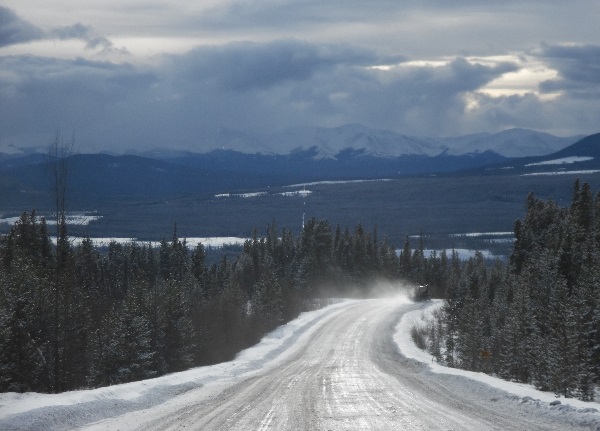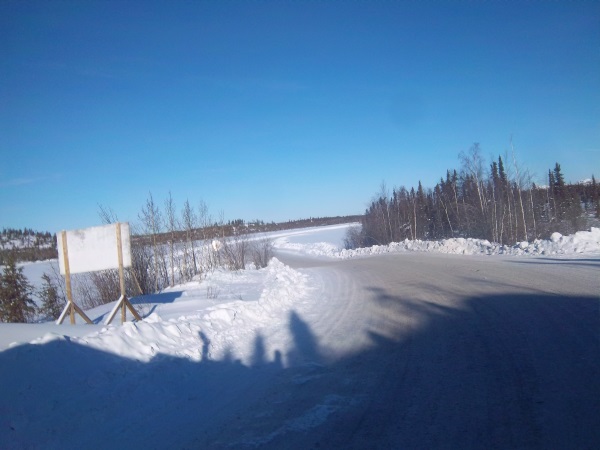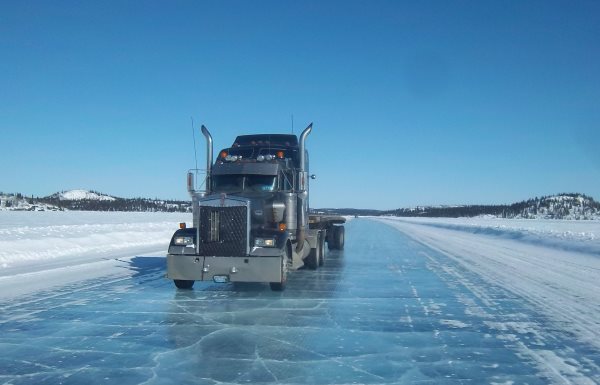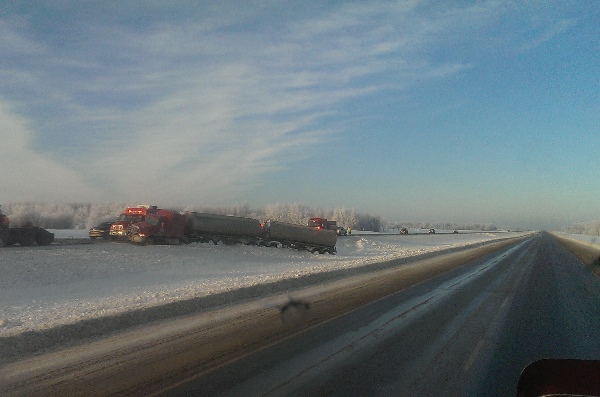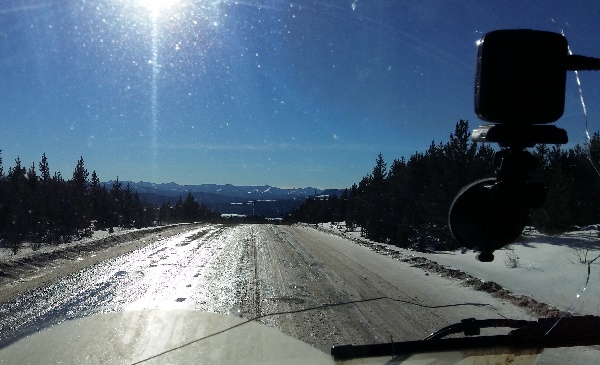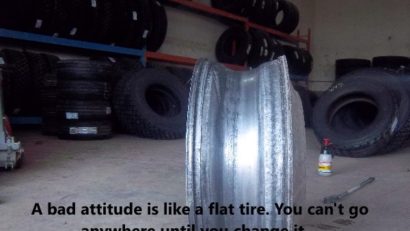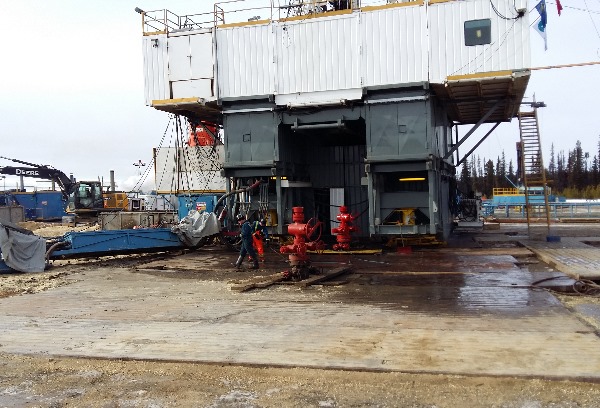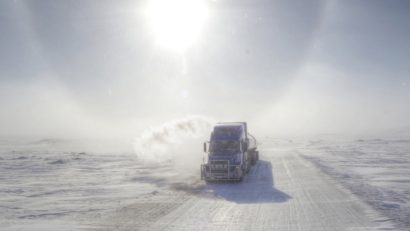Calling out Road Markers
Almost all oilfield roads have km markers and proper Oilfield VHF radio use means calling out these markers to identify your location to other road users. Some roads will have markers every km, while others may mark every 2, 5, or 10 km. Whether you have to call out markers or not depends on the condition of the road, width, or amount of traffic.
A wider gravel secondary road like the Alberta Forestry Truck Road has markers used more for identification to find other roads running off it than for calling out your location to others.
You can still be considerate to let people know where you are even if it’s not required. At an 8o km/hr speed limit, it allows both parties the chance to slow down and not shower each other with rocks if they meet on a bend or hill.
Becoming a truck driver in the oilfields means being a considerate driver. There’s already enough bad apples out there as you’ll quickly find out. Being a considerate and professional driver can also help your career if you decide to make a move up the ladder, or move to another company.
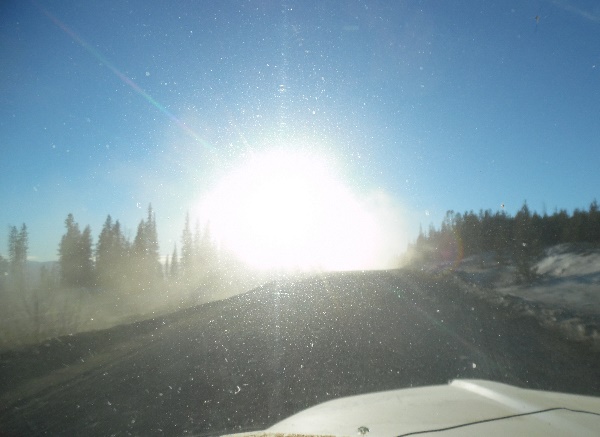
Oilfield VHF Radio Use. Conditions can be dangerous even on a sunny day. Stay well back of dust clouds.
Some oilfield roads are so busy you may have a difficult time getting a word in as to your location. This can be frustrating for drivers because important information can be missed when people “double up” by trying to talk at the same time. Instead of calling in every km marker, only call in important markers. These are designated with a different colour like red or orange, or with a “must call” sign (Sometimes marked “MC”).
How using VHF makes the roads safer
The VHF radio allows everyone to be defensive when approaching hazards.
You’ll also see specifically marked signs in red, or some other colour than the rest of the markers. These are often recommended call in signs. They can also be marked on the sign, “Must Call”. This usually indicates an intersection, bridge, steep hill, switchback or another hazard that you, or the other traffic is approaching.
This allows you to take action by communicating with the other party that may be close to either stop, slow down, or pull off to the side. Most roads will have small pull outs for dangerous areas in each direction before a hazard of this type.
On narrow roads like this try to be considerate, but also use your head. If there’s only one of you as opposed to a group travelling the other way, stop for them. It’s much easier to find a spot for one vehicle to pull out than a group.
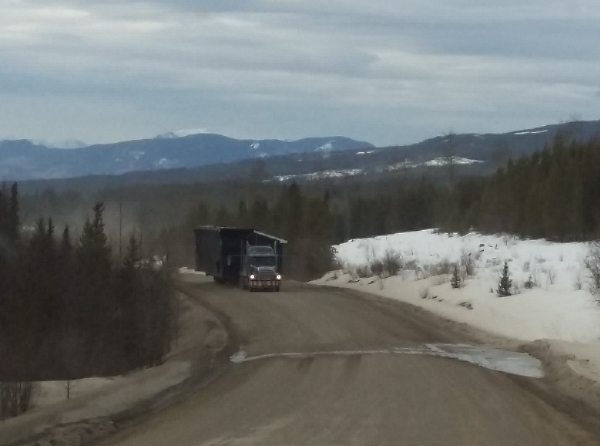
Oilfield VHF radio use. Listen to your radio to know what’s coming so you can act appropriately and be courteous.
Unwritten rules
Unwritten rules are actually the key to better oilfield VHF radio use. It’s all about using your head for courtesy and safety. Don’t let the rules and regulations completely dictate how you drive. Please don’t be like this next driver that needs a sign to tell him how to drive with courtesy. so here’s the story,
I nearly had an accident once with a speeding driver who didn’t call out when he should have for safety reasons. I asked him why he never called out and his response was,
“I don’t have to call out because there’s no mandatory must call sign there.”
We’re becoming so conditioned in western society we’re losing our ability to think morally and ethically. We’re far too busy with rules and regulations to teach that nonsense stuff anyway I guess.
So here’s a few unwritten rules just so you have an idea of what we mean.
If you’re leading a pack of vehicles, you should call yourself in as a “bunch” or a “few”.
If you pass someone at or near a marker, it’s acceptable to call in for both of you by saying “both ways at marker___”.
If you hear someone just entering the road and you know there won’t be a call out sign before you meet them, let them know where you are the best way you can.
Always try to give way to large loads no matter what the general rules are for that road. They are general rules only and can’t apply to every situation.
You’ll find some specific posted rules like “Log trucks have the right of way.” This means that you HAVE to stop for log trucks that are loaded. These are not typical log trucks as they are wide, long, and heavier than what most people are used to seeing.
A fairly new trend I’ve heard is drivers using the term “Heavy” just because they have a load on. This should not be used for regular loaded trucks. If you’ve designated yourself as a truck then we know you’re heavy. This is confusing and it’s a term that should only be used if you have an over sized or excessively heavy load.
When you do get into a dicey situation with a vehicle, remember it will be easier to tow out the car than your truck. You’ll find most small vehicle traffic will give the right of way to bigger trucks on the more dangerous roads.
Be aware that there are lots of other rules both written, and unwritten, you’ll find out as you go. You’ll get it after a while. Pay attention to the radio and learn from others.
